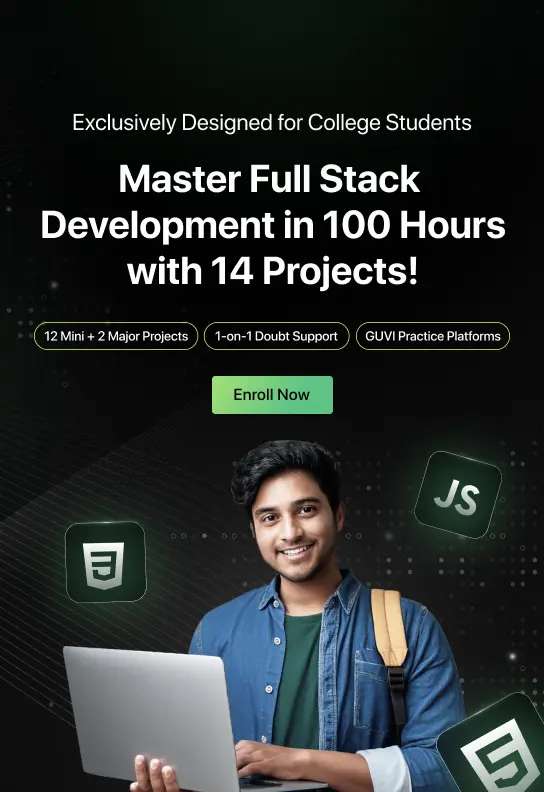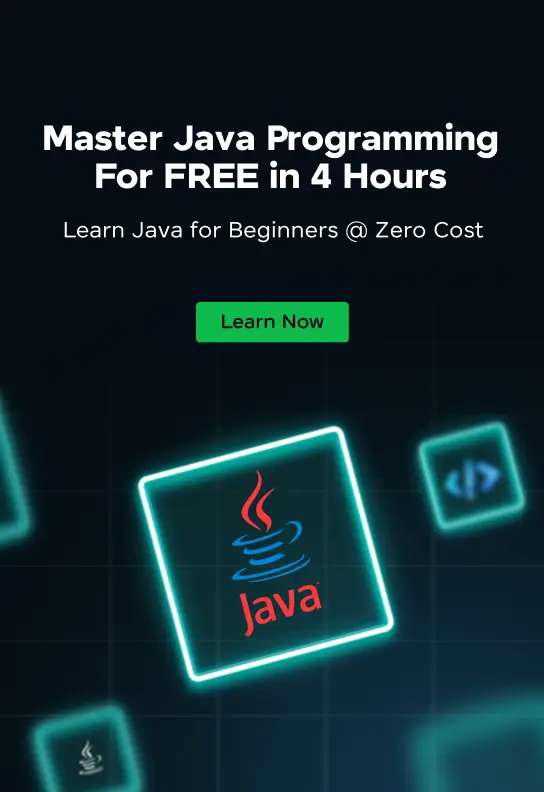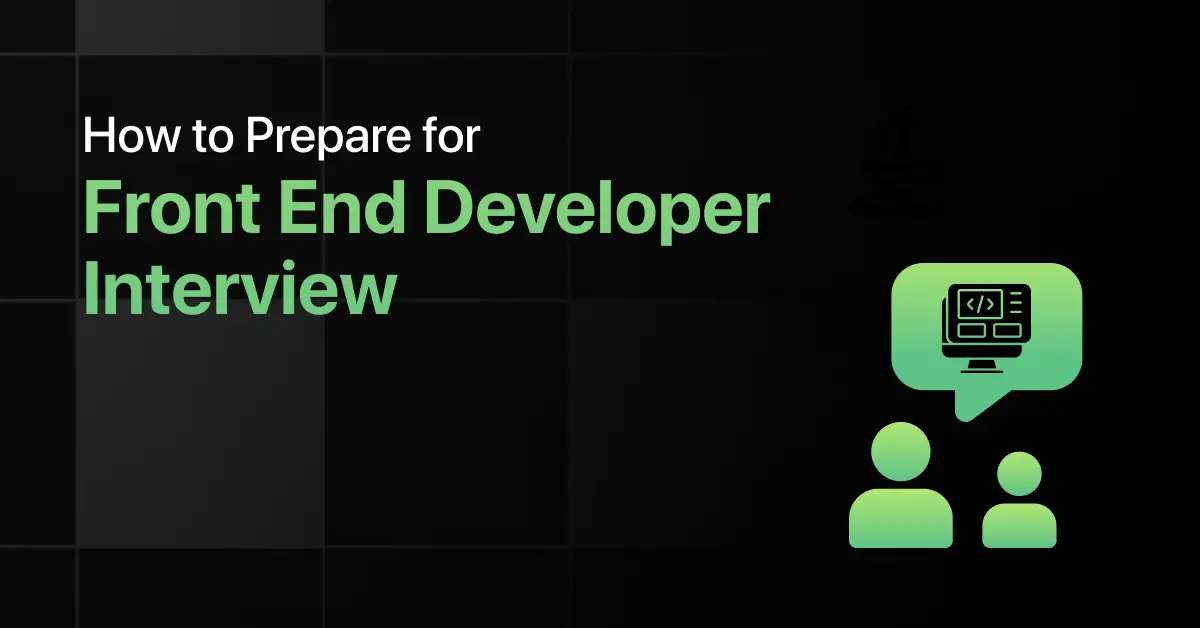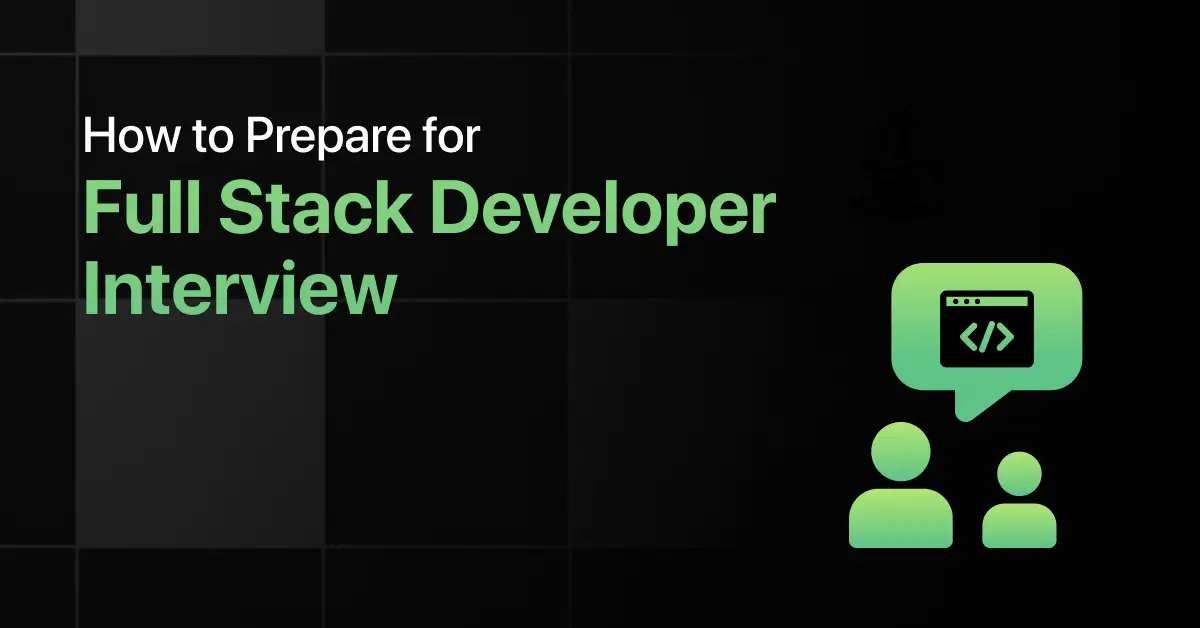Best Programming Languages for App Development
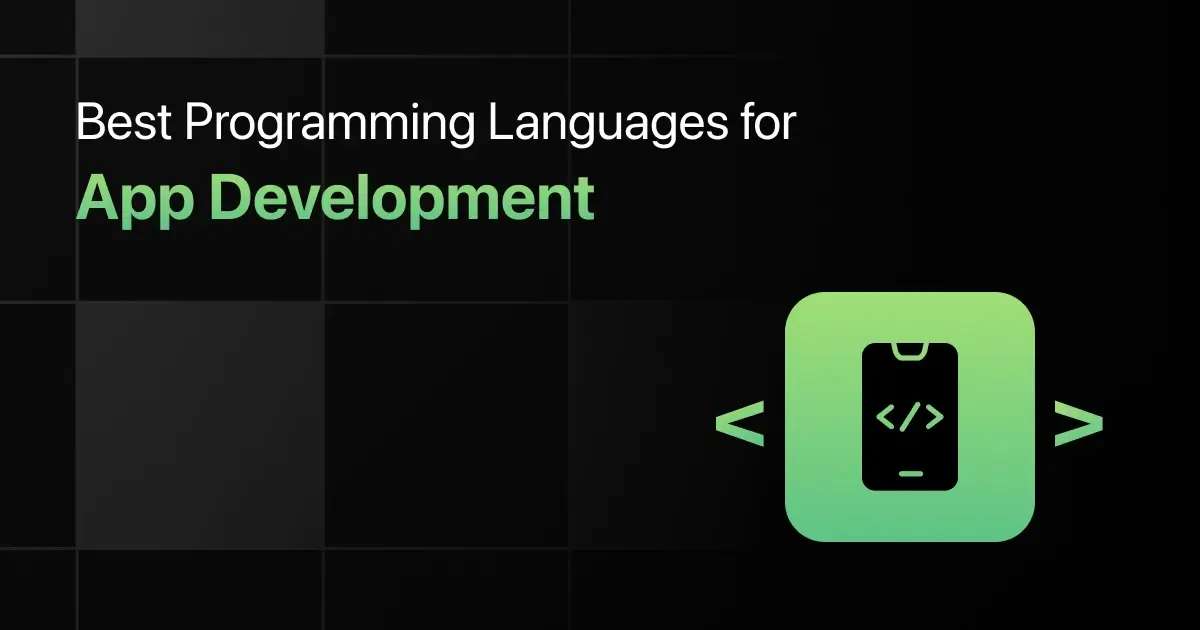
Mobile applications have become an essential part of our daily lives. Choosing the best language for app development is important for creating high-quality, and user-friendly apps.
This blog helps you to choose the top 10 programming language for mobile apps and helps you understand which language is best for app development.
Best Coding Languages for App Development – Overview
Here’s an overview of the 10 best programming languages for app development:
| S.No. | Programming Language | Learning Curve | Job Market Demand | Learning Resources |
|---|---|---|---|---|
| 1 | Java | Medium | Developing Android apps and enterprise applications | Learn More |
| 2 | Kotlin | Medium | Modern Android app development | Learn More |
| 3 | Swift | Easy | Developing iOS and macOS applications | Learn More |
| 4 | Objective-C | Difficult | Maintaining and updating older iOS applications | Learn More |
| 5 | JavaScript | Easy | Cross-platform mobile and web applications | Learn More |
| 6 | Dart | Easy | Cross-platform mobile applications | Learn More |
| 7 | C# | Medium | Enterprise applications and games | Learn More |
| 8 | Python | Easy | Backend development and data-driven applications | Learn More |
| 9 | Ruby | Easy | Web applications and services | Learn More |
| 10 | C++ | Difficult | High-performance applications and games | Learn More |
Top 10 Programming Languages for App Development
Below are the top 10 programming languages for app development:
1. Java
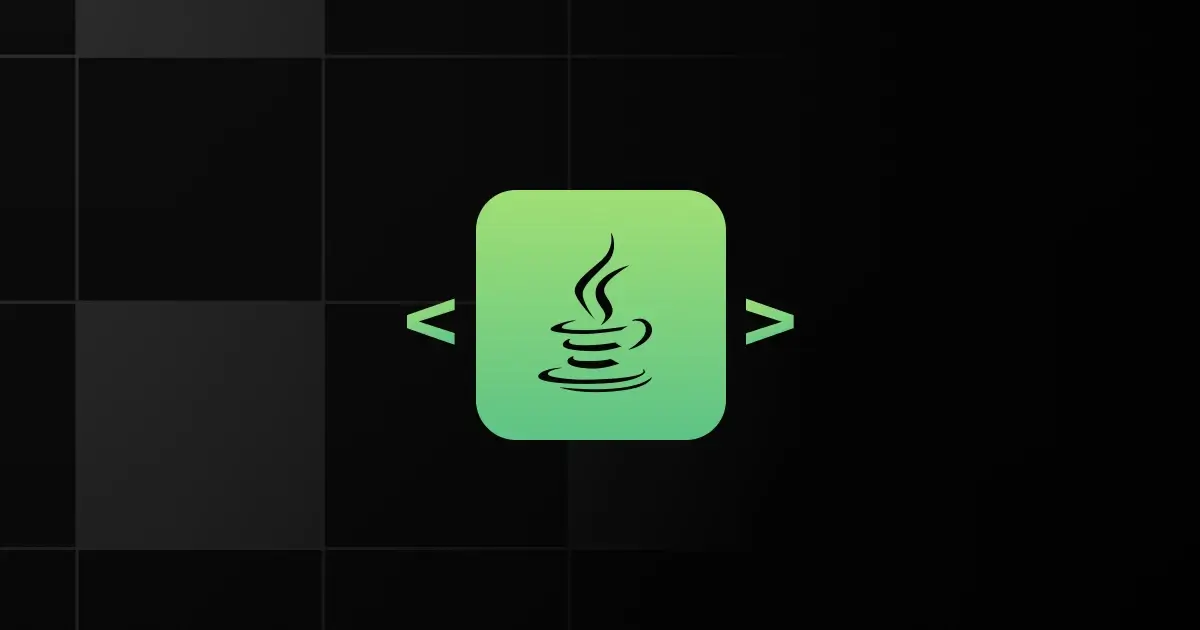


Java is a versatile, object-oriented programming language known for its portability and performance.
It is widely used in Android app development due to its robust and secure nature.
Popularity:
- Used by Android developers.
- Common in enterprise environments.
- Taught in many computer science courses.
Learning Curve: Medium
Framework and Library Support:
- Android SDK
- JavaFX
- Spring
Integration Capabilities:
- Integrates with databases like MySQL and PostgreSQL.
- Compatible with web technologies via servlets and JSP.
- Works with cloud services like AWS.
Security Features:
- Strong built-in security features.
- Regular updates and patches.
- Supports secure coding practices.
Job Market Demand:
- Used for developing Android apps and enterprise applications.
- Employed in tech, finance, and e-commerce industries.
Future Prospects and Trends:
- Continued dominance in Android development.
- Increasing use in IoT and cloud-based applications.
2. Kotlin
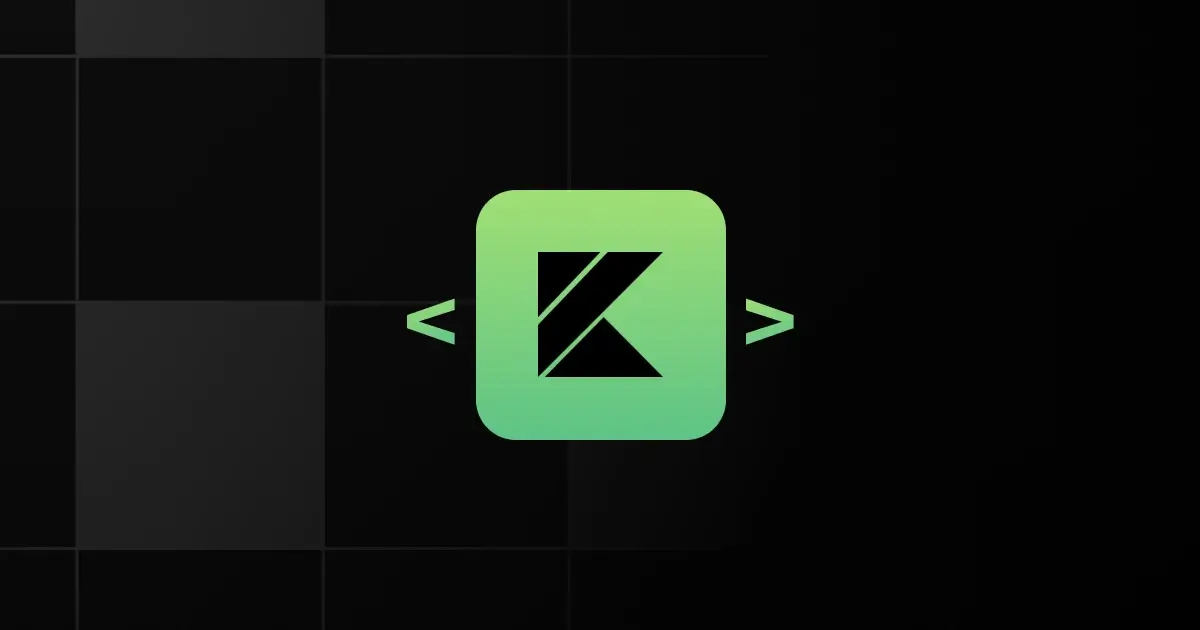


Kotlin is a modern, statically-typed programming language that interoperates fully with Java.
It enhances app development with its concise syntax and improved safety features.
Popularity:
- Adopted by Android developers.
- Supported by Google for Android development.
- Growing popularity in the developer community.
Learning Curve: Medium
Framework and Library Support:
- Android SDK
- Ktor
- Anko
Integration Capabilities:
- Seamless interoperability with Java.
- Compatible with existing Java libraries.
- Integrates with Android Studio.
Security Features:
- Null safety to prevent NullPointerExceptions.
- Regular security updates.
- Encourages secure coding practices.
Job Market Demand:
- Used for modern Android app development.
- Employed in tech startups and established companies.
Future Prospects and Trends:
- Increasing adoption in Android projects.
- Growing community and support from Google.
3. Swift
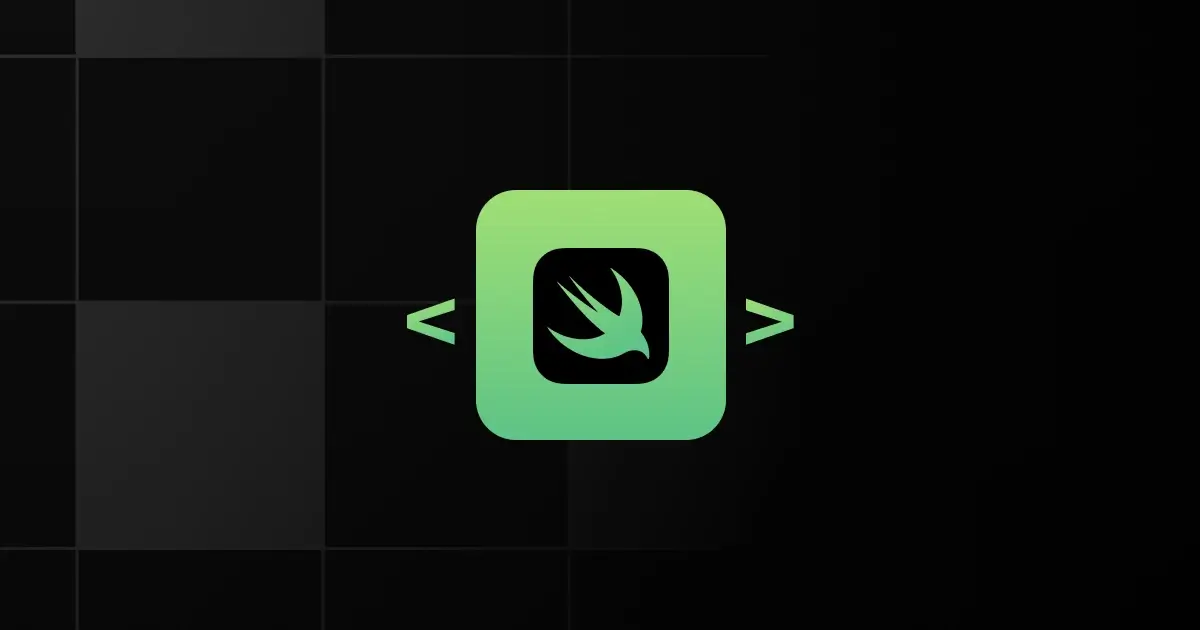


Swift is a powerful and intuitive programming language for iOS, macOS, watchOS, and tvOS app development.
It simplifies the development process with its expressive syntax and safety features.
Popularity:
- Preferred by iOS developers.
- Supported by Apple.
- Growing use in the iOS ecosystem.
Learning Curve: Easy
Framework and Library Support:
- UIKit
- SwiftUI
- Core Data
Integration Capabilities:
- Integrates with Objective-C.
- Compatible with Apple’s development tools.
- Interfaces with RESTful APIs.
Security Features:
- Strong typing and error handling.
- Regular updates for security.
- Secure memory management.
Job Market Demand:
- Used for developing iOS and macOS applications.
- Employed in tech, healthcare, and finance industries.
Future Prospects and Trends:
- Continued growth in iOS development.
- Increasing use in AR and VR applications.
4. Objective – C
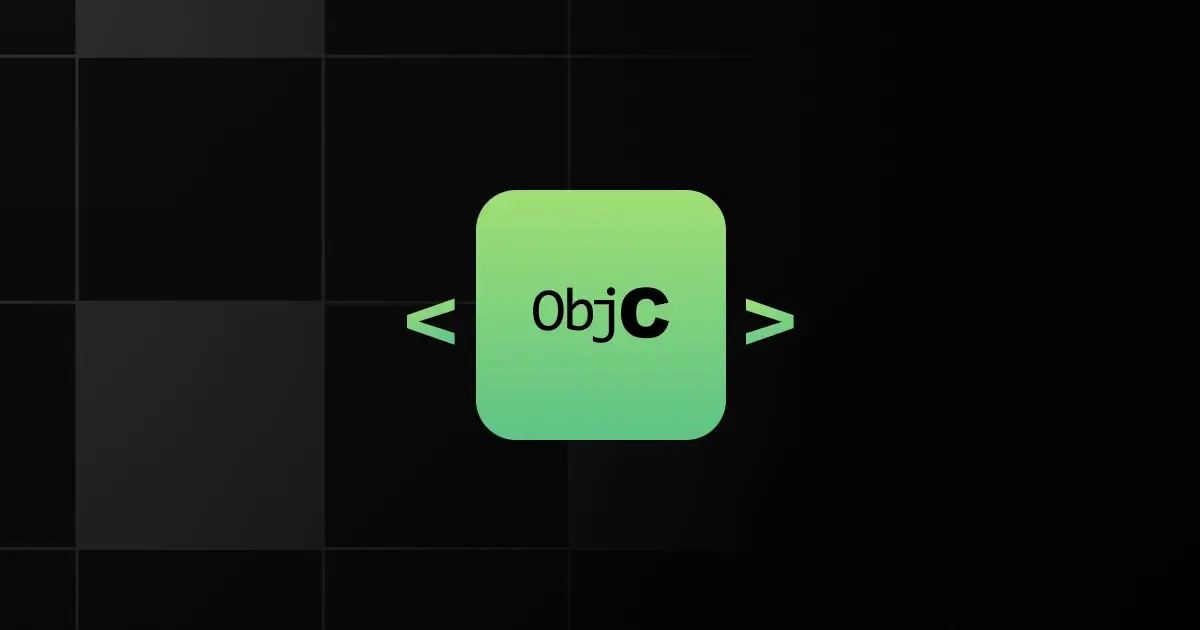


Objective-C is an object-oriented programming language that was the primary language for iOS and macOS development before Swift.
It remains relevant for maintaining older codebases and interoperability with Swift.
Popularity:
- Used by legacy iOS developers.
- Common in maintaining existing iOS applications.
- Supported by Apple.
Learning Curve: Difficult
Framework and Library Support:
- Cocoa Touch
- Core Data
- UIKit
Integration Capabilities:
- Interoperable with Swift.
- Integrates with Apple development tools.
- Compatible with C and C++ libraries.
Security Features:
- Strong emphasis on memory management.
- Regular updates and patches.
- Secure coding practices encouraged.
Job Market Demand:
- Used for maintaining and updating older iOS applications.
- Employed in tech and software development companies.
Future Prospects and Trends:
- Gradual decline as Swift gains more traction.
- Continued relevance for legacy systems.
5. Javascript
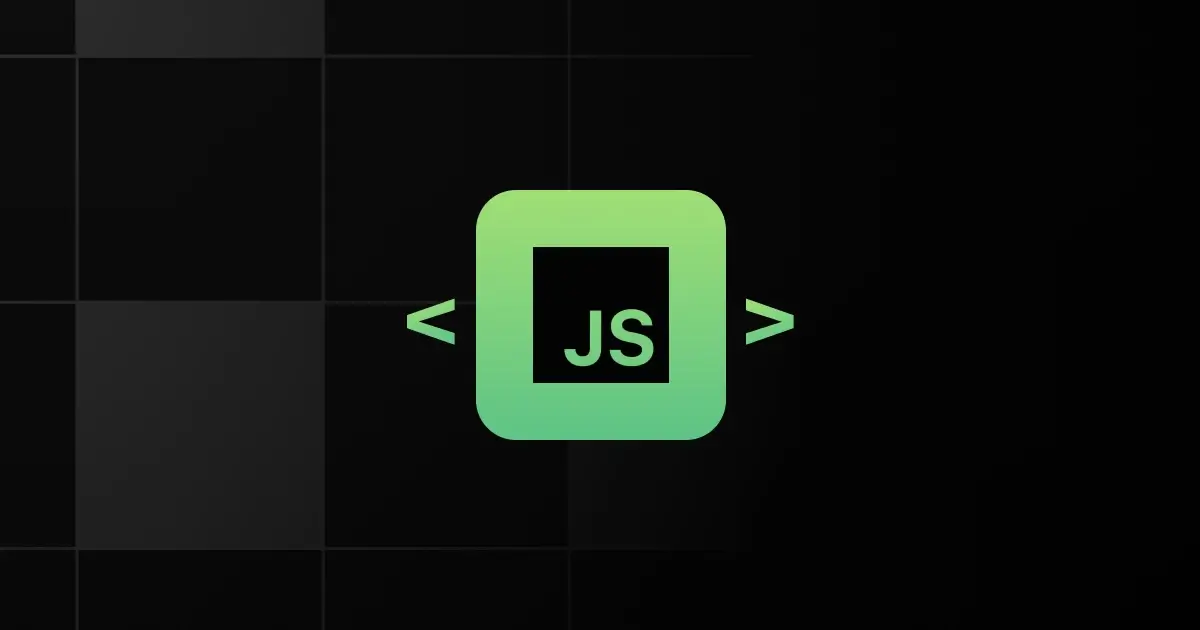


JavaScript is a versatile, high-level programming language primarily used for web development.
It enables the creation of cross-platform mobile applications through frameworks like React Native.
Popularity:
- Widely used by web developers.
- Common in full-stack development.
- Popular for interactive web applications.
Learning Curve: Easy
Framework and Library Support:
- React Native
- Angular
- Vue.js
Integration Capabilities:
- Integrates with HTML and CSS.
- Compatible with Node.js for the backend.
- Interfaces with various APIs.
Security Features:
- Libraries for secure coding practices.
- Regular updates and patches.
- Supports secure data handling.
Job Market Demand:
- Used for developing cross-platform mobile and web applications.
- Employed in tech, media, and entertainment industries.
Future Prospects and Trends:
- Increasing use in mobile and progressive web apps.
- Growing popularity of frameworks like React Native.
6. Dart
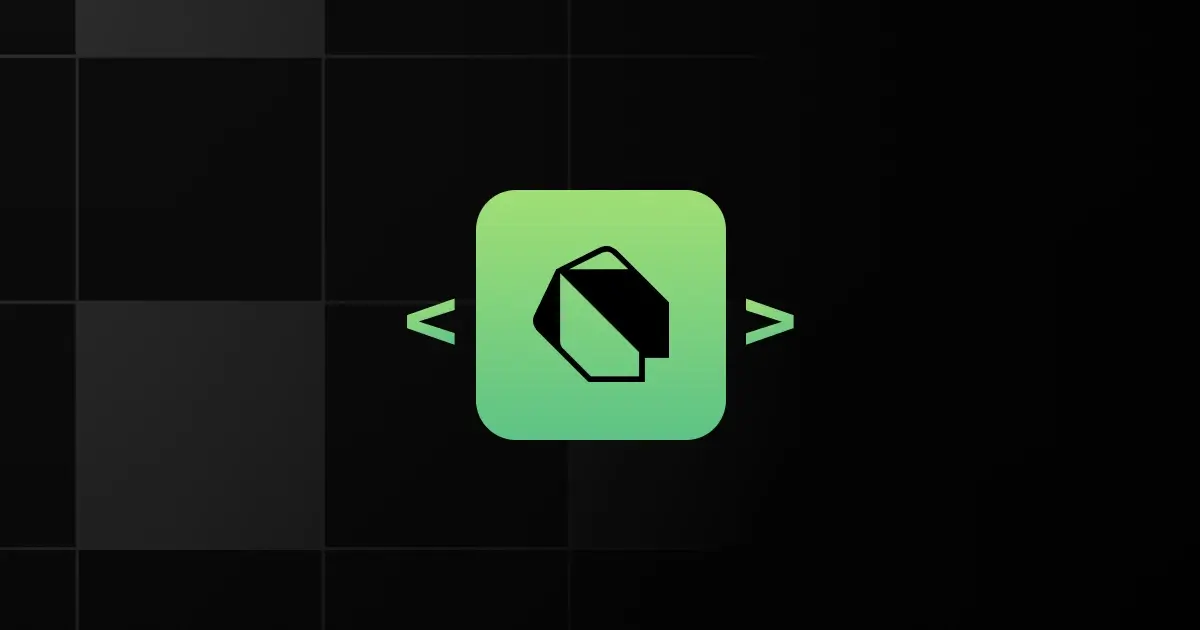


Dart is an open-source, general-purpose programming language developed by Google.
It is mainly used with the Flutter framework for building natively compiled applications for mobile, web, and desktop from a single codebase.
Popularity:
- Adopted by Flutter developers.
- Supported by Google.
- Growing community and ecosystem.
Learning Curve: Easy
Framework and Library Support:
- Flutter
- AngularDart
- Aqueduct
Integration Capabilities:
- Integrates with existing JavaScript code.
- Compatible with various APIs.
- Works well with Firebase.
Security Features:
- Strong typing and error handling.
- Regular updates and security patches.
- Encourages secure coding practices.
Job Market Demand:
- Used for developing cross-platform mobile applications.
- Employed in tech startups and innovative companies.
Future Prospects and Trends:
- Increasing adoption due to Flutter’s popularity.
- Growth in cross-platform development.
7. C#
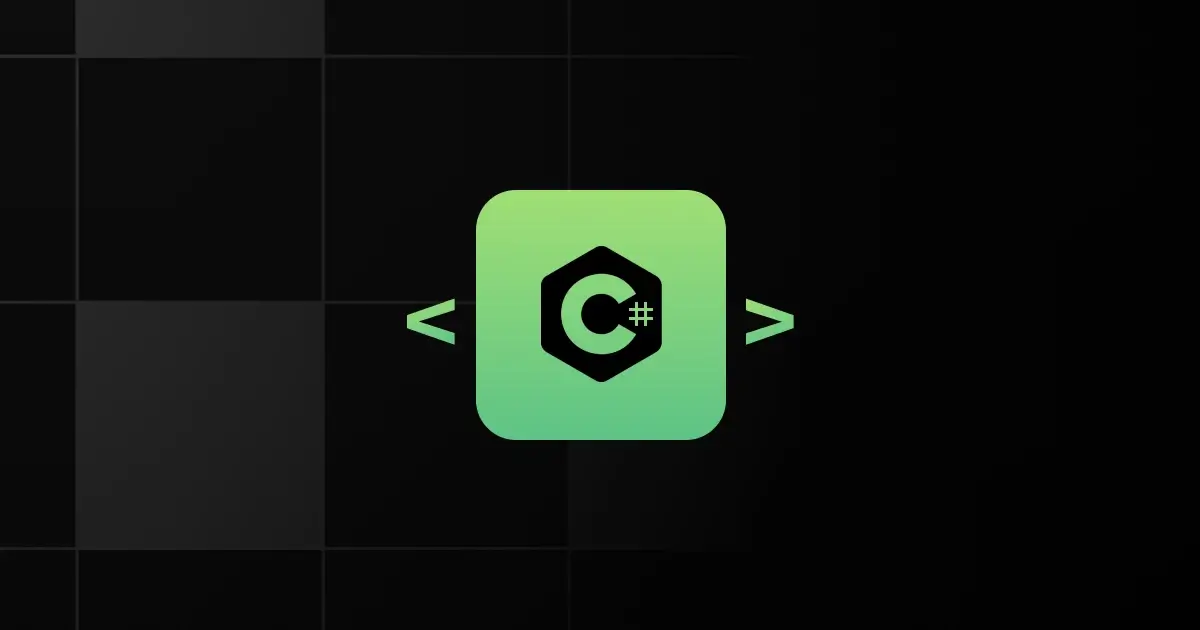


C# is a modern, object-oriented programming language developed by Microsoft. It is widely used for developing Windows applications and cross-platform mobile apps using Xamarin.
Popularity:
- Preferred by Windows developers.
- Used in game development with Unity.
- Supported by Microsoft.
Learning Curve: Medium
Framework and Library Support:
- .NET
- Xamarin
- Unity
Integration Capabilities:
- Integrates with Microsoft Azure.
- Compatible with various databases.
- Interfaces with RESTful APIs.
Security Features:
- Strong typing and error handling.
- Regular security updates.
- Libraries for secure coding practices.
Job Market Demand:
- Used for developing enterprise applications and games.
- Employed in tech, finance, and gaming industries.
Future Prospects and Trends:
- Continued relevance in enterprise development.
- Increasing use in cross-platform mobile development with Xamarin.
8. Python
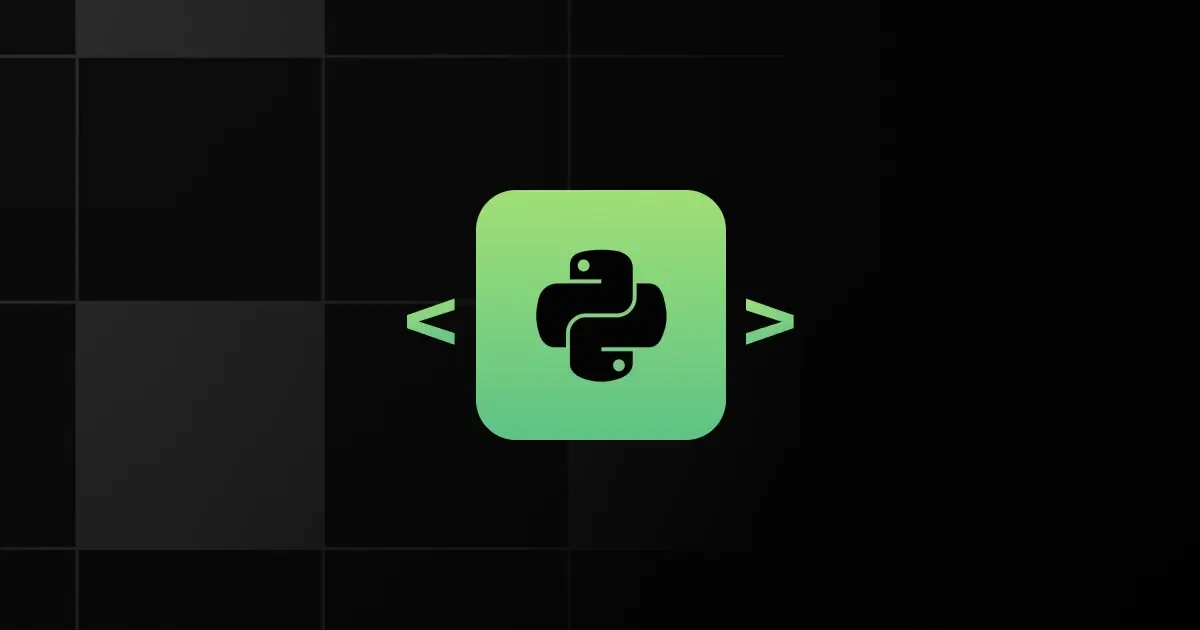


Python is a high-level, interpreted programming language known for its simplicity and readability.
It is used in app development for creating server-side logic and integrating with various APIs.
Popularity:
- Widely used by beginners and experts alike.
- Popular in data science and machine learning.
- Employed in web development.
Learning Curve: Easy
Framework and Library Support:
- Django
- Flask
- Kivy
Integration Capabilities:
- Integrates with databases like MySQL and PostgreSQL.
- Compatible with various APIs.
- Works well with cloud services like AWS.
Security Features:
- Libraries for secure coding practices.
- Regular updates and patches.
- Strong community support for security.
Job Market Demand:
- Used for backend development and data-driven applications.
- Employed in tech, finance, and research industries.
Future Prospects and Trends:
- Increasing use in AI and machine learning applications.
- Growth in automation and scripting tasks.
9. Ruby
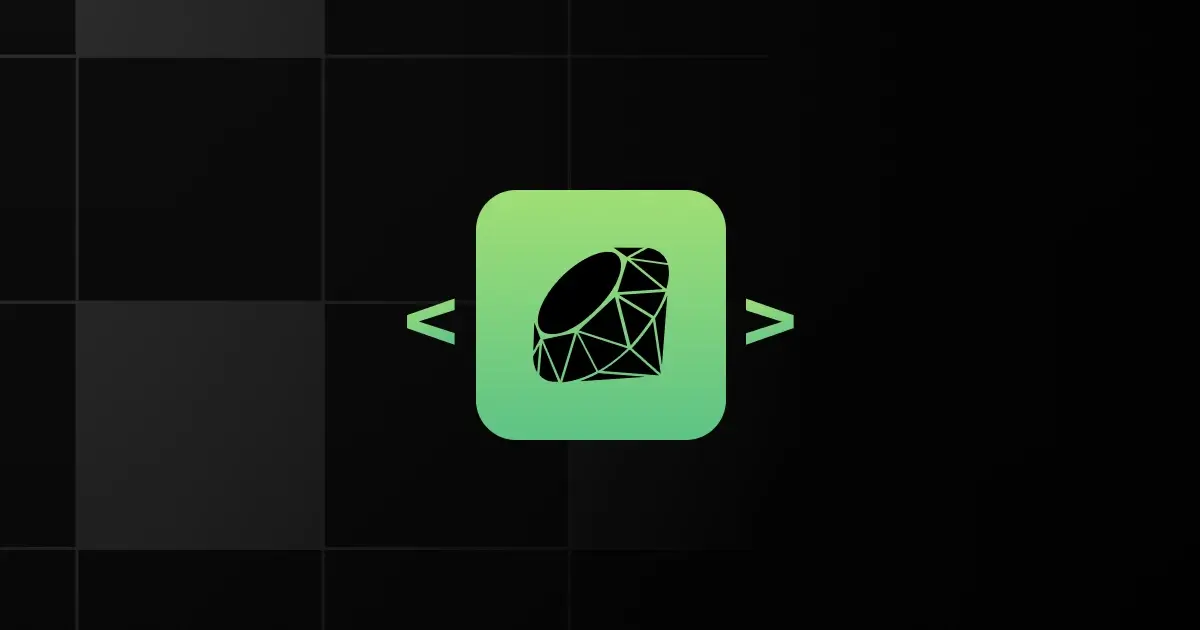


Ruby is a dynamic, open-source programming language with a focus on simplicity and productivity.
It is often used for web development with the Ruby on Rails framework.
Popularity:
- Preferred by web developers.
- Popular in startup environments.
- Supported by a strong community.
Learning Curve: Easy
Framework and Library Support:
- Ruby on Rails
- Sinatra
- Hanami
Integration Capabilities:
- Integrates with various databases.
- Compatible with web technologies.
- Interfaces with RESTful APIs.
Security Features:
- Libraries for secure coding practices.
- Regular updates and patches.
- Supports secure data handling.
Job Market Demand:
- Used for developing web applications and services.
- Employed in tech startups and small businesses.
Future Prospects and Trends:
- Continued relevance in web development
- Increasing use in prototyping and MVP development.
10. C++
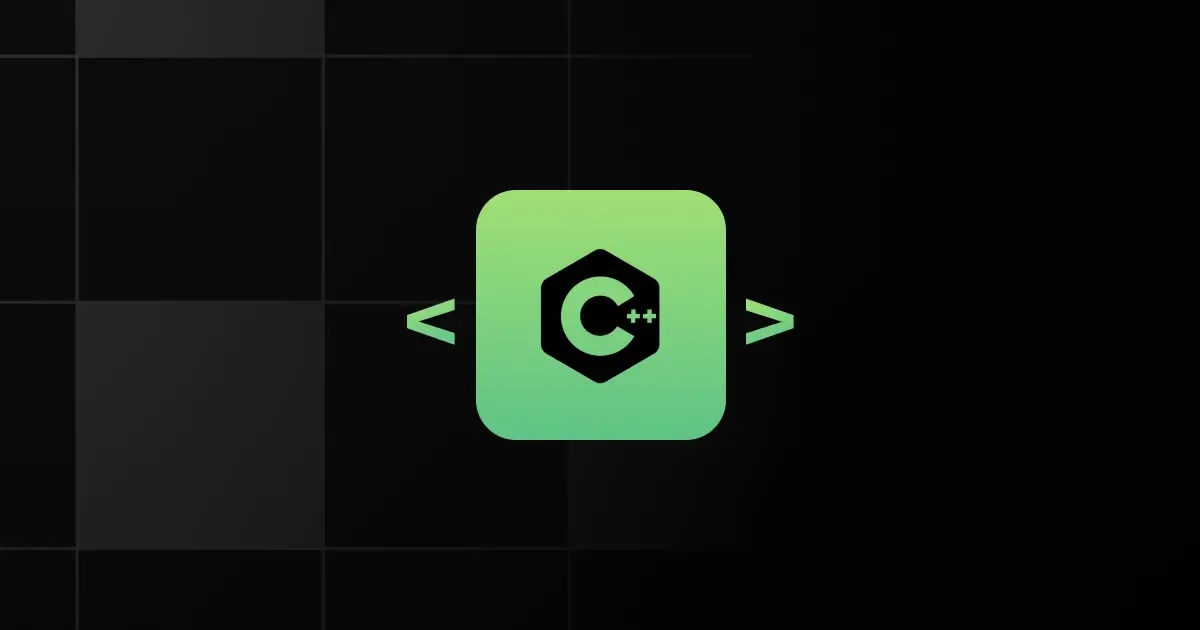


C++ is a high-performance, compiled language known for its efficiency and control over system resources.
It is used in app development for performance-critical applications and game development.
Popularity:
- Preferred by system-level programmers.
- Used in performance-critical applications.
- Popular in game development.
Learning Curve: Difficult
Framework and Library Support:
- Qt
- Unreal Engine
- Cocos2d-x
Integration Capabilities:
- Direct hardware interaction.
- Integrates with other languages like Python.
- Compatible with various APIs.
Security Features:
- Strong emphasis on memory management.
- Libraries for encryption and security.
- Regular updates and patches.
Job Market Demand:
- Used for developing high-performance applications and games.
- Employed in automotive, aerospace, and gaming industries.
Future Prospects and Trends:
- Continued relevance in performance-intensive applications.
- Growth in VR and AR development.
Final Words
Selecting the best language for app development depends on your specific project requirements, platform preferences, and existing expertise.
Knowing which language is best for app development will help you achieve your goals and deliver better user experiences.
Explore More App Development Resources
- Android Development Websites
- Android YouTube Channels
- Android Project Ideas
- Swift Project Ideas
- Kotlin Project Ideas
- Flutter IDEs and Code Editors
Explore More Programming Languages For:
- Web Development
- Getting Jobs
- Future
- Artificial Intelligence
- Beginners
- Backend Development
- Game Development
- Machine Learning
- Ethical Hacking
- Data Science
- Data Analytics
- Internet of Things
- Blockchain
- Cloud Computing
- UI/UX Design
- Automation Testing
FAQs
The best programming languages for app development are Java, Kotlin, and Swift.
When choosing a programming language for app development you must consider the learning curve, framework support, and integration capabilities.
Java is the best programming language for beginners in app development.
Java, Kotlin, and Swift are currently trending in app development.
Java, Python, and Dart offer the best framework and library support for app development.
Python, Java, and Kotlin have promising future prospects for app development.
Related Posts
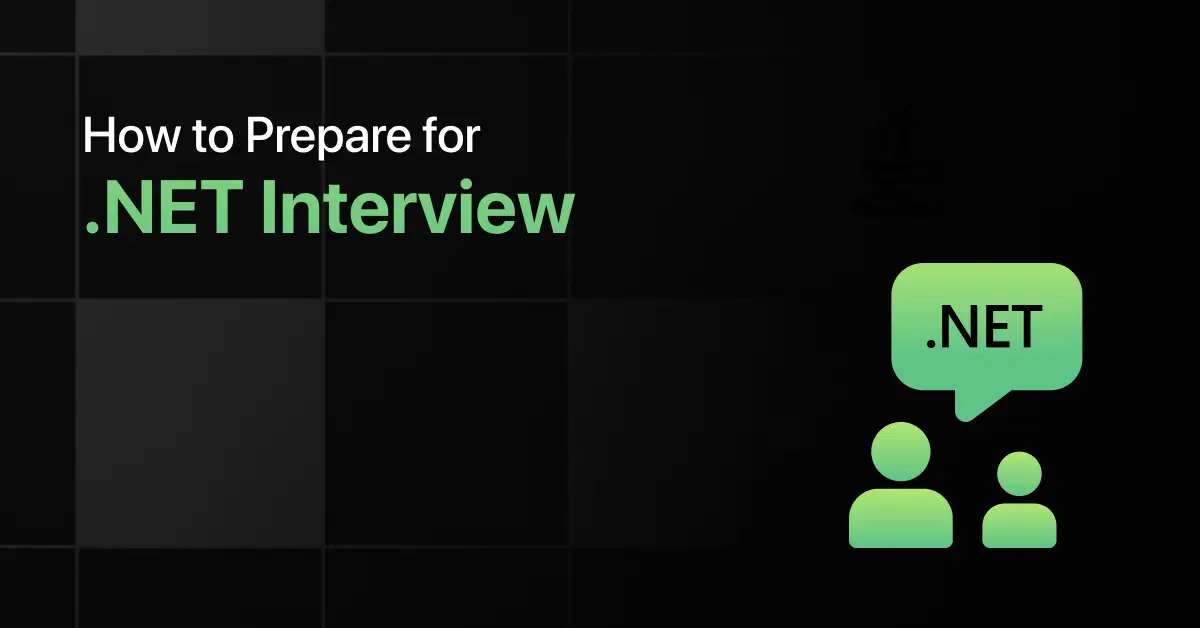

How to Prepare for .Net Interview
Are you preparing for a .NET interview but not sure which topics to prioritize? Many candidates struggle to balance C# fundamentals, …
Warning: Undefined variable $post_id in /var/www/wordpress/wp-content/themes/placementpreparation/template-parts/popup-zenlite.php on line 1050


